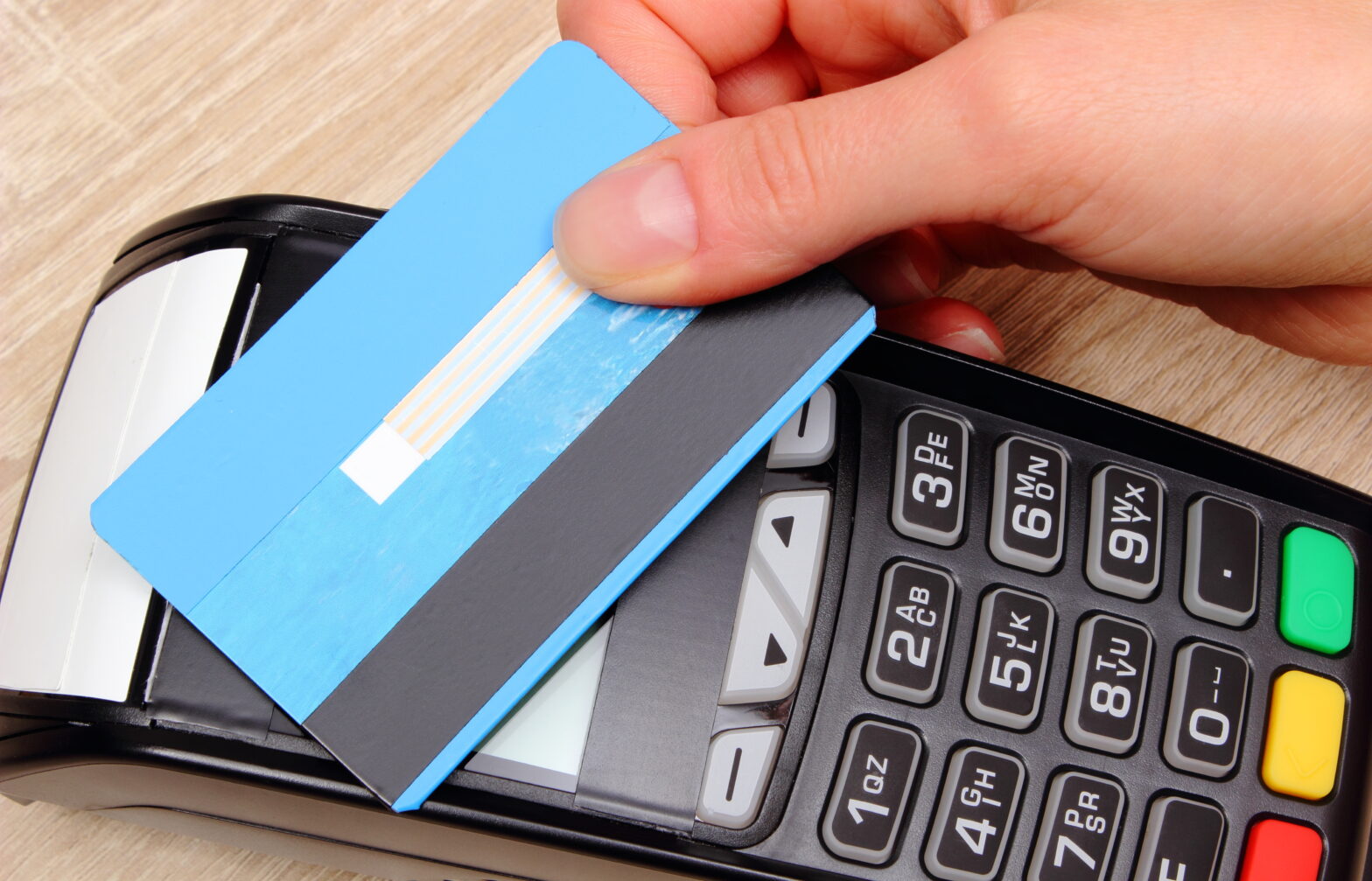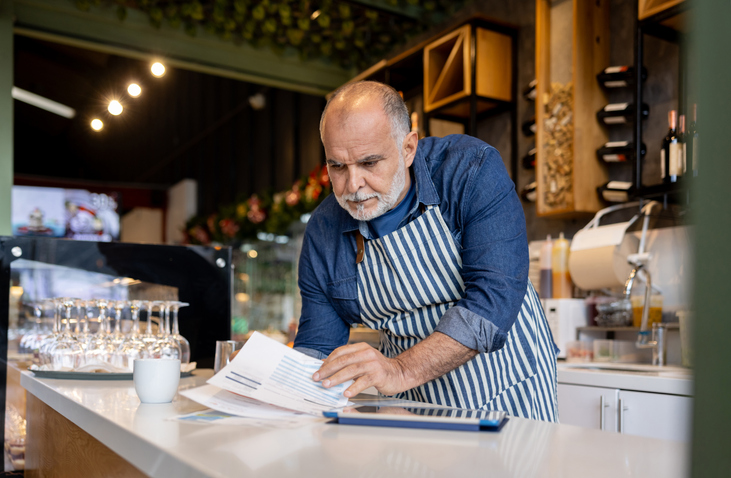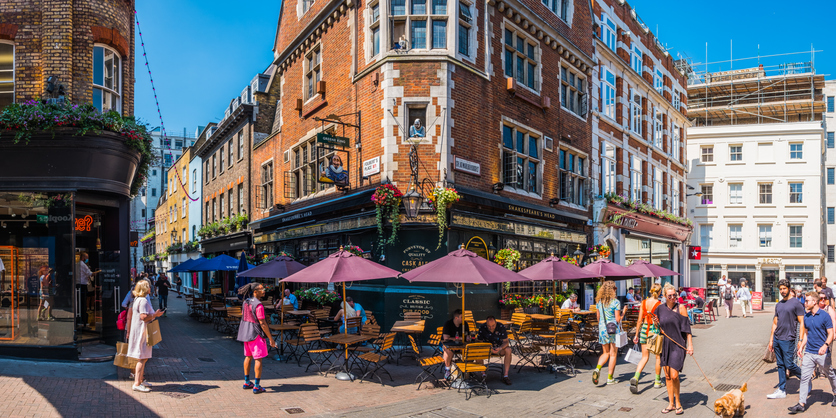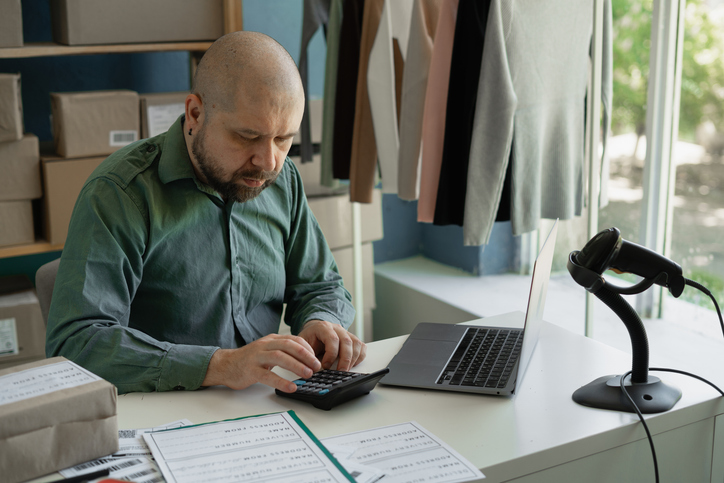Ahead of the tenth anniversary of contactless payments next month, Barclaycard’s data predicts that the number of contactless transactions will increase by 317 per cent in the next four years. With proprietary data showing that ‘touch and go’ is seven seconds quicker per transaction compared to Chip and PIN and 15 seconds faster compared to cash, this time saving is collectively worth £967 million in value for British shoppers.
The projected figures reflect both retailers’ and shoppers’ appetites for quicker and easier ways to buy and sell goods and services, which has continued to increase since Barclaycard introduced the technology to the UK almost a decade ago in September 2007. The data also shows that the universal acceptance of contactless payments is on the horizon as ‘touch and go’ becomes mandatory for retailers who process card payments from 1 January 2020.
The research found that almost six in ten (59 per cent) Brits now use contactless, with 71 per cent saying they choose to pay with it more frequently than 12 months ago – indicating a more recent spike in popularity. This is supported by Barclaycard’s Contactless Spending Index which shows that more than half (51 per cent) of card transactions up to the £30 spending limit are now made using the technology.
With Small Business Pro you can save over £30 a month. Small Business Pro will help with the heavy lifting of managing customers, taking payments, insurance, finance and HR, plus you’ll get a host of personal wellbeing benefits.
You can find out more here.
The value of time
Speed and ease when paying are crucial factors for Brits when choosing where to shop. More than one in two (55 per cent) consumers choose to pay with ‘touch and go’ because it saves them time, with almost half (48 per cent) enjoying the convenience of not needing to enter their PIN every time they pay.
In addition, queueing – identified as the top time-wasting activity by one in two shoppers (52 per cent) – has been reduced, with more than a quarter (27 per cent) having spent less time in line waiting to pay, and a further 52 per cent being served more quickly at the till thanks to the time contactless saves.
In turn, more traditional methods of payment are in decline. More than a third (34 per cent) of shoppers say they pay with cash less often compared to last year and a quarter (24 per cent) are opting to pay more frequently with their contactless cards and devices rather than Chip and PIN, when the option is available.
Is cash free retail in sight?
Retailers are simultaneously embracing cards over cash, with two in five (40 per cent) either solely accepting card payments or considering going entirely cash-free within the next five years – and the business benefits are clear to see.
Three quarters (75 per cent) of those who have introduced contactless payments are processing an average of 30 per cent more transactions each day, with one in five (20 per cent) processing up to 50 per cent or more. Inspired by productivity gains, over half (53 per cent) of retailers accepting contactless would like to see the spending limit raised above the current level of £30, with 37 per cent opting for a £50 limit and one in five (20 per cent) for a £100 cap.
Despite demand from consumers, half of all retailers still don’t accept contactless payments. Lack of awareness around the speed of ‘touch and go’ could be holding some retailers back, as the research shows that almost half (47 per cent) underestimate how much how much time is saved and therefore could be missing out on sales as a result.
Tami Hargreaves, director of innovation and partnerships at Barclaycard Mobile Payments says, ‘As the old adage goes ‘time is money’ and since introducing contactless to the UK ten years ago, we’ve seen Brits embrace the technology in their droves. And with speed, security and convenience all being so important for shoppers, it’s not surprising that contactless is quickly becoming the most popular way to pay.
‘Faster service also means less time waiting to pay for a morning coffee or sandwich in the midst of the lunchtime rush – which will undoubtedly be music to the ears for the millions of Brits who get frustrated by queues and long wait times.’





